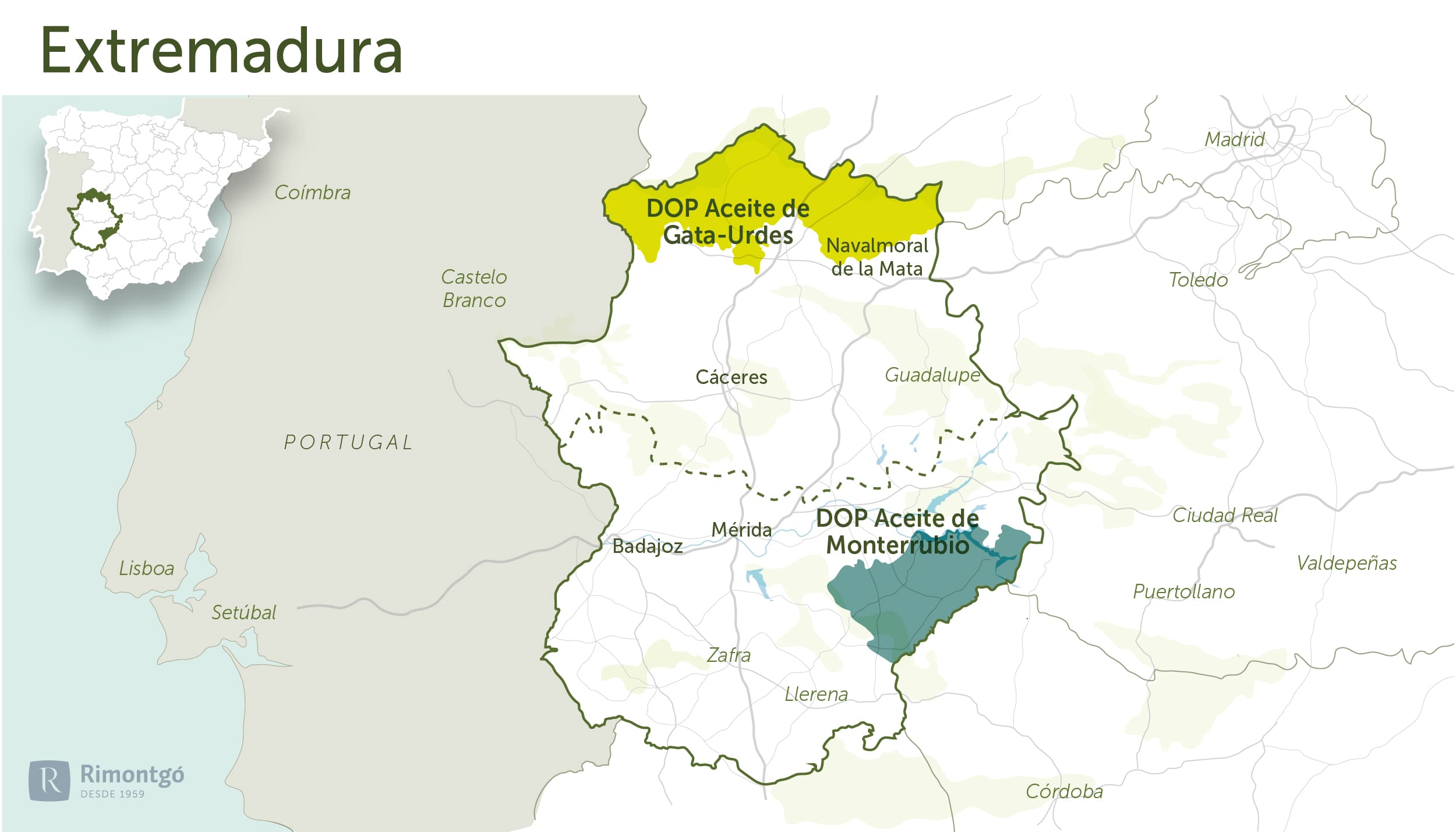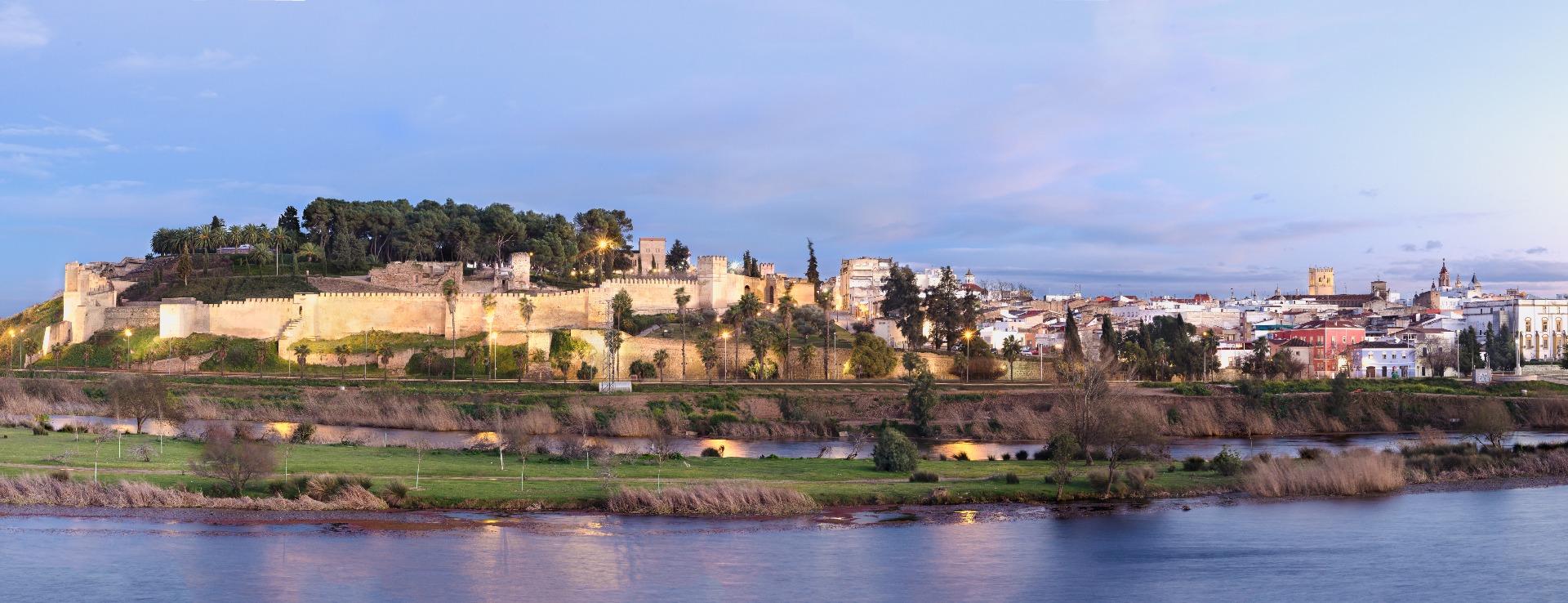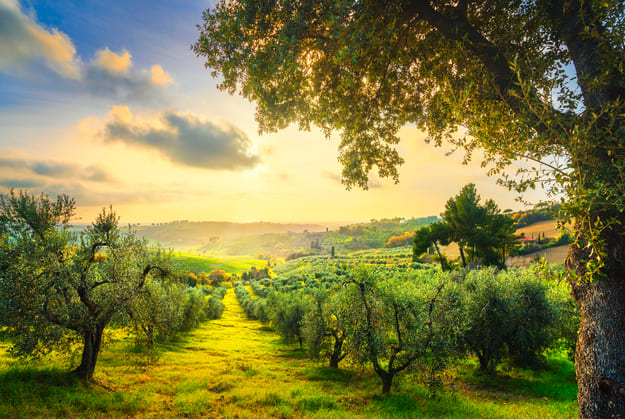Find your olive grove or oil mill
Infographic of the area

Badajoz
In Badajoz, the DO Aceite Monterrubio stands out as the only olive oil DO in the area.
Monterrubio Olive Oil DO
In Extremadura, the production area covers the municipalities of La Serena, La Siberia and Campiña Sur de Badajoz.
Varieties
They play with a wide variety not only of Cornezuelo and Picual, but also of varieties such as Mollar, Corniche, Pico-limón, Morilla and Cornicabra. The current surface area of olive groves registered in the DO is approximately 13,000 hectares, with a production of 28 million kilos of the "Cornezuelo" and "Picual" varieties.
History
The history of olive growing and olive oil production in Monterrubio de la Serena and the surrounding area dates back 2,500 years to the Tartessian period. The thousand-year-old olive groves bear witness to the region's olive-growing tradition from Roman times, whose oil was exported to Rome along the roads that ran through La Serena and connected with the commercial centres of Andalusia, such as Corduba and Hispalis.
From a historical point of view, the district of La Serena, located in the east of the province of Badajoz, has for centuries had a name and a past linked to one of the oldest institutions in the country, the Mesta. For the development of olive growing in the area, the distribution of land which, throughout history, has been in the hands of nobles with large estates, has been of vital importance. The land was distributed among the inhabitants of the different villages, who were the ones who established the cultivation of olive groves on large and small plots of land.
Climate and soil
The geographical area in which the 'Aceite Monterrubio' PDO is located is situated at the eastern end of Lower Extremadura, in the foothills of the Sierra Morena. The land is broken and the altitudes are not very high. The olive groves are scattered among holm oak groves and cereal farms, with a significant incorporation of scrubland in the higher areas of the sierras, a typical landscape, as can be deduced, of a subtropical Mediterranean area, with mild winters and hot, dry summers, where low rainfall prohibits any other type of agricultural exploitation.
Two levels can be observed in the relief: Penillanura with an altitude between 300 and 500 metres and Sierras with an altitude of 600 to 800 metres.
The cereal crops, olive groves and vineyards are located at the bottom of the valleys. On the slopes there are pastures with holm oaks and large areas of olive groves. On the peaks and at higher altitudes there are scrublands, rocky areas and quartzite cliffs.
Generally speaking, most of the soil used for olive growing is clay loam, although in recent years olive groves have been planted on lighter soils.
The climate is Mediterranean with continental overtones, softened by the proximity of the Atlantic Ocean. Winters are mild and summers are long and hot. Rainfall is less than 500 mm. The average temperature ranges between 16º and 18º C, reaching a maximum of 40º C in summer.
Oil mills
Aceitera, Aurelio Juzgado Partido, Cooperativa del Campo "La Serena", Cooperativa del Campo "La Unidad", Erundina Tome Rodriguez, Manuel Enrique Tena, Manuel Izquierdo Sanchez, Maria Murillo Tena, Ramona Garcia Lopez, Rey S.L., Telesforo Perez Sanchez, Union Monterrubiana del Campo Soc. Coop. Ltda.
Olives
Subscribe to our mailing list to receive news about olive groves and oil mills.


